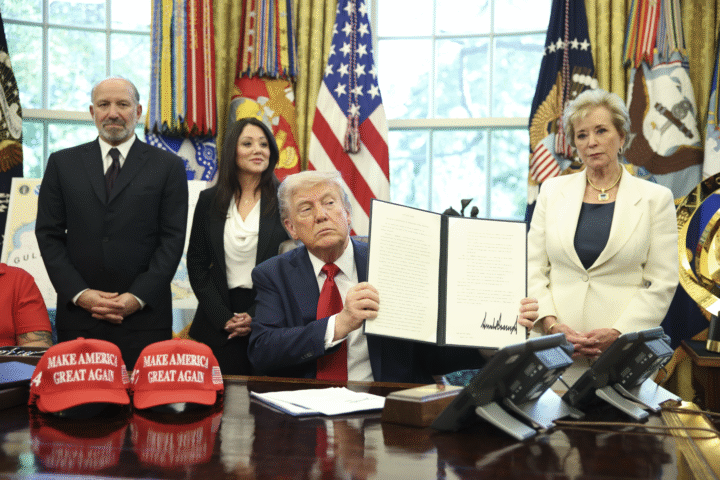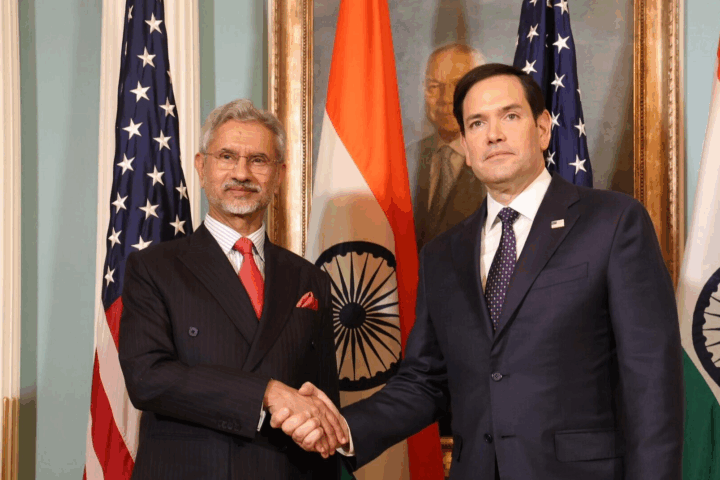Each election spins the wheel anew, revealing fresh alliances, surprising schisms, and a shift in loyalties that keep pundits guessing. In 2024, one of the more curious developments has been Vice President Kamala Harris’s struggle to maintain her appeal with Indian American voters—a demographic her campaign might have expected to stay firmly in her camp. A recent survey by the Carnegie Endowment for International Peace reveals that while a majority (61 percent) of Indian Americans still intend to vote for her, this figure represents a notable drop from the community’s enthusiasm for the Biden-Harris ticket in 2020. To understand why, we need to look beyond the surface, delving into the nuances of identity, policy, and perception among one of America’s fastest-growing immigrant communities.
First, a historical irony: Kamala Harris stands poised to become the first Indian American president, yet Indian Americans are drifting from her party. Traditionally a Democratic stronghold, Indian Americans have shown fierce loyalty to the party, aligning with its platform on immigration, civil rights, and education. But that bond appears to be weakening. The survey shows that just 47 percent of Indian Americans identify as Democrats, a notable dip from 2020’s 56 percent, suggesting a more cautious embrace. Meanwhile, the Republican share holds steady, and a sizable chunk of Indian Americans—26 percent—have now opted for independence. What’s driving this drift?
Harris’s mixed heritage—her mother Indian, her father Jamaican—initially provided her a unique vantage point within America’s racial and cultural landscape. But among Indian Americans, there’s a lingering perception that she has been somewhat reticent about her Indian heritage, often identifying primarily with her African American roots. Scholars like Rohit Chopra argue that this “strategic decision” may stem from the campaign’s calculation that African American support, not the smaller Indian American bloc, holds greater weight electorally. But for some Indian Americans, especially those who view ethnic representation as a powerful symbol of belonging, this perceived distancing has been a letdown.
More than identity, though, the gendered landscape of political preferences has created a new fissure in Harris’s Indian American support base. A significant gender gap has emerged within the community, with 67 percent of Indian American women supporting Harris versus 53 percent of men. Harris’s commitment to abortion rights resonates deeply with women voters, particularly in the South Asian community, for whom reproductive rights remain a non-negotiable concern. “Reproductive freedom is a paramount concern for women across America, including South Asian women,” says Arjun Sethi, an Indian American lawyer in Washington, DC. Yet, among Indian American men, conservative viewpoints on taxation and immigration policies seem to be fueling a shift toward Trump.
This divergence extends further within younger Indian Americans, revealing a stark divide. Younger men lean closer to Trump, with many citing his stance on immigration and economic policies, while women continue to rally behind Harris. There’s also the undercurrent of skepticism, unspoken but palpable, about the idea of a woman as president—a skepticism some suggest might resonate more in South Asian immigrant households where gender roles tend to be more traditionally defined. Sociologist Milan Vaishnav notes this trend as “a new cleavage” in the Indian American voting bloc, reflecting broader national shifts.
On the policy front, the Biden-Harris administration’s unflinching support for Israel has stirred up discontent among younger, progressive Indian Americans. This demographic—many of whom have taken to social media to vocalize their support for Palestinian rights—feels disillusioned by the Democratic Party’s position on Gaza. For some, a protest vote or a third-party candidate has become an attractive alternative. Aishwarya Sethi, a voter in California, admits that she will try to persuade her husband to support Harris, despite his growing inclination toward more conservative policies. In a close election, even this small-scale erosion of support could have significant consequences, particularly in battleground states with large Indian American populations like Pennsylvania and Georgia.
Trump, for his part, has taken an active role in courting Indian American voters. His overt friendship with Indian Prime Minister Narendra Modi and overtures toward Hindu Americans have found some resonance, even if limited, within segments of the community. During Diwali, Trump appealed to Hindu voters directly, condemning religious violence in Bangladesh and assuring his audience that he would stand by Hindu Americans. And while Vaishnav asserts that US-India relations are rarely the deciding issue for Indian American voters, there is a subset, especially those who align with Modi’s brand of Hindu nationalism, that appreciates Trump’s perceived affinity for Modi’s India.
The complexities of the Indian American vote reflect a broader trend of introspection within the community. As Indian Americans grow in numbers and political clout, they are embracing a wider spectrum of political identities. Part of this change is generational, with younger voters exploring new ideologies and pushing back against what they see as outdated notions of political allegiance. Part of it is practical—driven by concerns over job security, healthcare, and taxes, issues that no longer fall squarely within one party’s domain.
The Harris campaign must confront this challenge head-on. Appealing to the Indian American community, particularly its increasingly influential younger demographic, requires a strategy that is both inclusive of identity and attentive to policy concerns. And time is of the essence. With battleground states poised on a razor’s edge, every vote counts.
This slow-moving migration of votes may seem small, even insignificant, in the grand calculus of American politics. But as the 2020 election showed, margins matter. The potential of Indian Americans to sway results in swing states, combined with their evolving and diverging identities, presents a novel—and critical—conundrum for Kamala Harris and her campaign. A miscalculation here, and she risks not just the votes of the community that could make history alongside her, but the very future of her political ambitions.










